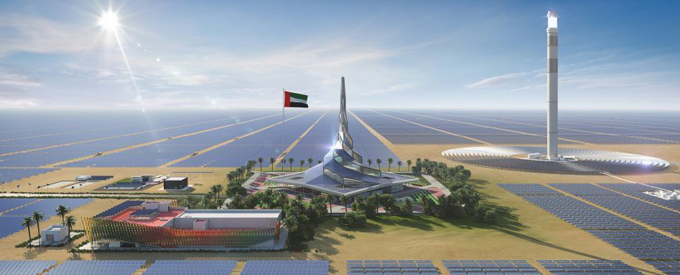2021-07-05
Soaring Demand for Solar
2021 has already seen a slew of new solar breakthroughs. Solar continues to rack up significant milestones both in terms of positive projections for global growth, as well as innovation breakthroughs that keep driving this rapid expansion forward.
2020-2030 has been deemed a crucial decade to combat climate change and stave off global ecological disaster. While this is a multi-fronted fight happening across hundreds of areas of human activity, the global energy transition from hydrocarbon reliance to renewables is perhaps the most important battleground. This is because decarbonising global energy production has been viewed as as the quickest, most effective and achievable method of stopping the world from warming up by another 1.5 degrees Celsius.
Fortunately, solar energy production is well positioned to make the necessarily rapid transition a reality.
Recent reports predict that solar will be the world’s most economic generation resource by 2030, more economically viable than all hydrocarbons and any other renewable. If this proves to be true, then at that point solar will become the most effective economic choice for any planned installation of new energy production capacity, anywhere in the world.
Currently, this is only the case for 60 per cent of global solar generation, and its capacity isn’t nearly enough to satisfy the world’s rising demand. However, the price of solar production has reliably dropped every year since 2010 by an average of 18 per cent. As the costs of production continuously decline while efficiency levels rise, transitioning to a solar-dominated energy future isn’t just a necessity, it’s actively becoming the more economically attractive alternative to hydrocarbons.
Key Developments
Recently, Poland-based Saule Technologies launched the world’s first industrial production line of solar panels based on ground-breaking perovskite technology. Photovoltaic panels coated with perovskite film are inherently modular, as they can be cut to any size and fixed to almost any surface.
Singapore’s Maxeon Solar Technologies also launched its innovative “stick and peel” frameless, thin and lightweight panels that can be adhered directly to any rooftop. Compared with conventional glass superstrate panel construction, Maxeon’s panels are less than half the weight, while still sporting an efficiency rate of 20.9 per cent. This solution should become commercially available in the first quarter of 2022. Furthermore, Singapore inaugurated a 5MW offshore floating PV system on the Johor Strait. Due to its lack of land, offshore floating PV is an essential part of Singapore’s ambition to install at least 2GW of solar power by 2030. The country’s Tengeh Reservoir solar farm (60MWp) is under construction, and will occupy an area equivalent to 45 football pitches.
While Australia’s RMIT University released its report recommending that the country’s airports utilise their rooftop space for solar panels. Their calculations suggest that this move could power over 100,000 homes.
Also, LONGi’s Cell R&D Centre set a new record for solar cell efficiency, with its N-Type TOPCon achieving a rate of 25.09 per cent. This is the first time that a commercial size silicon wafer has exceeded 25 per cent efficiency.
Middle East Goes Green
As Middle Eastern (ME) nations experience vast amounts of annual sunshine, they fall into the ‘superabundant’ and ‘abundant’ categories (where solar potential is at least 1,000 times and 100 times current demand respectively). Still, as hydrocarbon energy leaders, ME nations are constantly balancing the desire to fulfil their solar potential with the pragmatic need to support the oil and gas industry, which forms the bedrock of their national economies.
For the most part, these interconnected factors are translating into a situation where oil and gas firms are supporting the inevitable transition away from hydrocarbon reliance, actively contributing their resources and expertise to transform the ME energy production setup. Not only is this accelerating the adoption of solar energy production in the Middle East, but the region’s rising solar capacity also puts it in a prime position to develop another crucial renewable energy source – green hydrogen.
Recently, Dubai launched the region’s first industrial-scale green hydrogen plant, which is entirely powered by solar energy produced by the Mohammed bin Rashid Al Maktoum Solar Park. While this is a pilot project – more of an expansive proof-of-concept than a serious capacity booster – it’s demonstrative of the interest and investment that’s being channelled towards green hydrogen production.
With solar enjoying its meteoric rise in the Middle East and elsewhere, industry analysts believe that it will drag green hydrogen up with it, by making its production cheaper, easier and, crucially, cleaner. Regardless, it’s clear already in the early years of this decade that both renewable sources will be essential in the wider struggle to achieve the necessary global energy transition before 2030.


No Comments